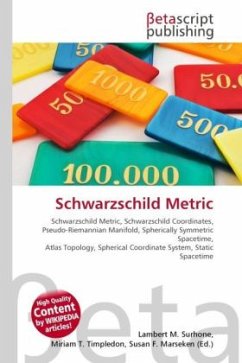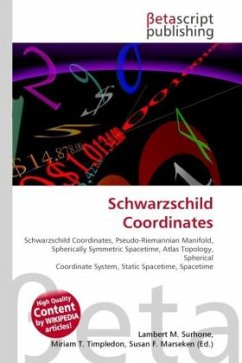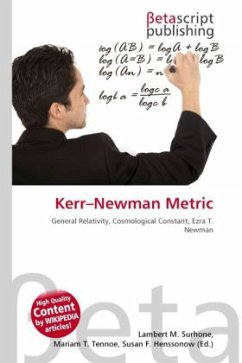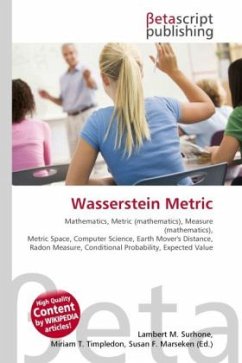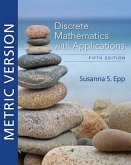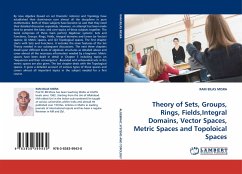High Quality Content by WIKIPEDIA articles! In Einstein's theory of general relativity, the Schwarzschild solution (or the Schwarzschild vacuum) describes the gravitational field outside a spherical, non-rotating mass such as a (non-rotating) star, planet, or black hole. It is also a good approximation to the gravitational field of a slowly rotating body like the Earth or Sun. The cosmological constant is assumed to equal zero. In the theory of Lorentzian manifolds, spherically symmetric spacetimes admit a family of nested round spheres. In such a spacetime, a particularly important kind of coordinate chart is the Schwarzschild chart, a kind of polar spherical coordinate chart on a static and spherically symmetric spacetime, which is adapted to these nested round spheres. The defining characteristic of Schwarzschild chart is that the radial coordinate possesses a natural geometric interpretation in terms of the surface area and Gaussian curvature of each sphere. However, radial distances and angles are not accurately represented.
Bitte wählen Sie Ihr Anliegen aus.
Rechnungen
Retourenschein anfordern
Bestellstatus
Storno

